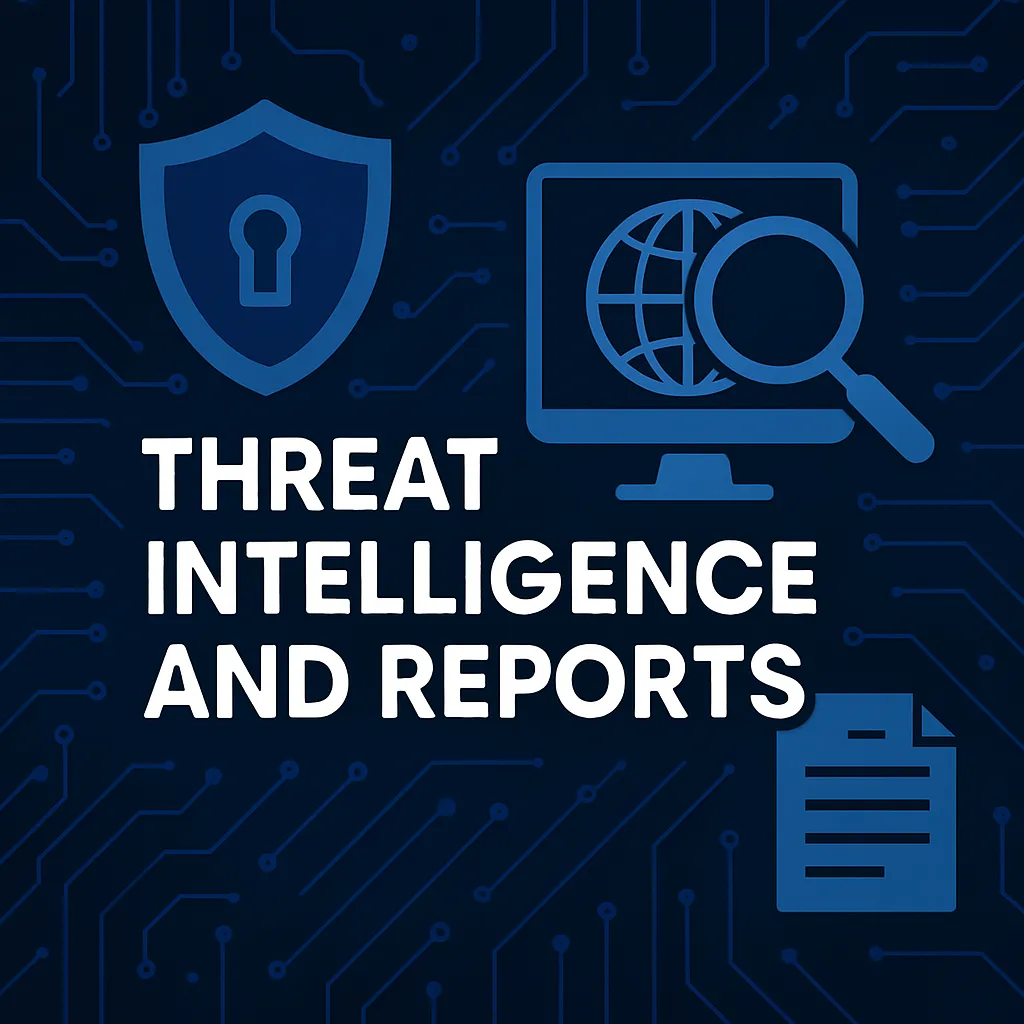The Growing Challenges in Cybersecurity: Understanding Threat Intelligence Reports
In our increasingly digital world, the importance of cybersecurity continues to grow. Every year, new challenges arise as cybercriminals evolve their tactics, making it imperative for individuals and organizations to stay informed about potential threats. Threat Intelligence Reports serve as a crucial tool in understanding and combating these cyber threats.
What is a Threat Intelligence Report?
Threat Intelligence Reports compile data and analysis on current cyber threats. These reports provide detailed insights into the types of malware, attack methodologies, and potential targets, helping cybersecurity teams to anticipate, prepare for, and mitigate cyber attacks.
Recent Trends in Cyberthreats
According to various recent reports, the landscape of cyber threats is not only growing but also becoming more sophisticated. For instance, a Global Threat Intelligence Report highlights an increase in targeted ransomware attacks aimed at large corporations, exploiting specific vulnerabilities for maximum impact.
An analysis provided in a Malware Analysis report from April 14, 2025, shows a trend in the evolution of malware tactics, pointing out newer methods being implemented by attackers to evade detection and increase their success rates.
Increasing Complexity and Frequency
A report from March 2024 expressed concerns about the forthcoming year being even more challenging than its predecessor, citing a rise in both the complexity and frequency of attacks (Packetstorm News).
Understanding and Using Threat Intelligence Effectively
For non-technical readers, the term 'Threat Intelligence' might sound complex, but it simply refers to knowledge that allows us to prevent or mitigate cyber harm. Effective use of this intelligence involves several steps:
- Gathering data from various sources, including past incidents and current indicators.
- Analyzing this data to identify patterns or predict potential targets.
- Sharing findings with relevant stakeholders to ensure preparedness across an organization.
- Implementing defensive measures based on these insights.
Actionable Steps to Enhance Cyber Resilience
To resist cyber threats effectively, organizations and individuals can take several actionable steps:
- Regular updates of software and systems to patch any security vulnerabilities.
- Conducting regular security training for employees to recognize phishing attempts and other common cyber threats.
- Utilizing robust anti-malware and antivirus software.
- Engaging in continuous monitoring of network traffic to detect and respond to suspicious activities promptly.
Conclusion
As the threat landscape grows more complex, so too does the necessity for robust threat intelligence and cybersecurity measures. By understanding current threats and applying comprehensive security strategies, businesses and individuals can significantly enhance their cyber resilience. Stay informed, stay prepared, and stay secure.
